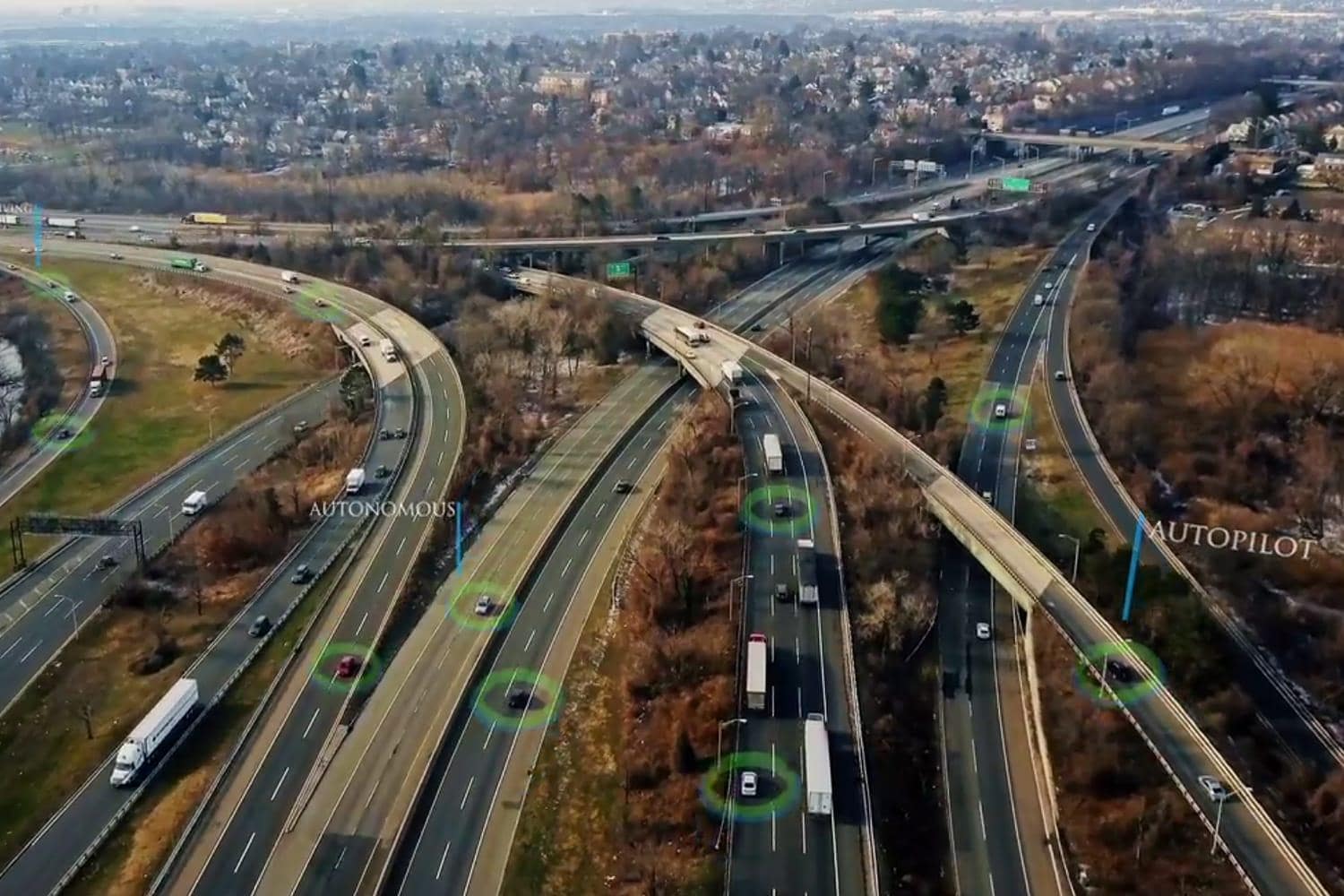Machine Learning
Machine learning is a method of data analysis that automates analytical model building. It is a branch of artificial intelligence based on the idea that systems can learn from data, identify patterns and make decisions with minimal human intervention.
While artificial intelligence (AI) is the broad science of mimicking human abilities, machine learning is a specific subset of AI that trains a machine how to learn.
Natural Language Processing
Natural language processing (NLP) is a branch of artificial intelligence that helps computers understand, interpret and manipulate human language.
NLP helps computers communicate with humans in their own language, making it possible for computers to read text, hear speech, interpret it, measure sentiment and determine which parts are important.

